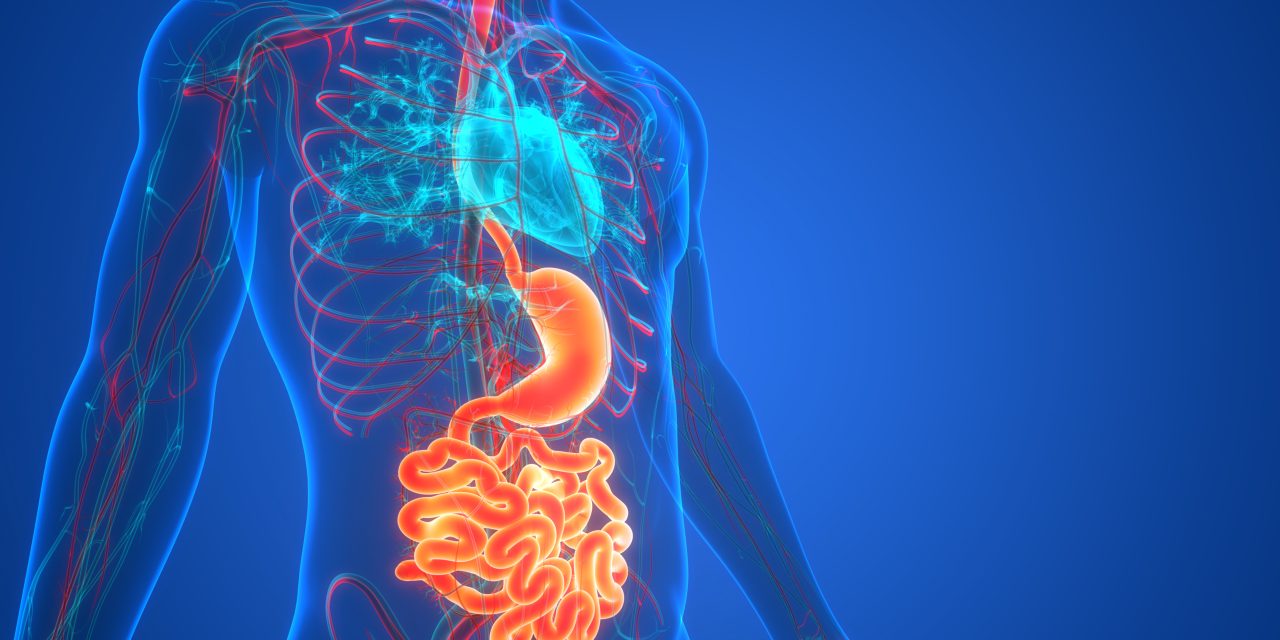The aim of this study is to design an implantable Lower Esophageal Sphincter (LES) stimulator connected and controlled by an Android Bluetooth for the treatment of the gastroesophageal reflux disease (GERD). Then the animal experiments are carried out to evaluate the function of the system. The LES stimulator is composed of an external controller, an Android application (APP) via a smart phone and an implantable electronic device (IED). The external controller is designed to receive the settings parameters information sent by the Android APP via a Bluetooth module, and then is programmed to generate specific electrical stimulation pulses to the LES. The Android APP controls the start and stop of stimulation and the settings of stimulation parameters. The in vivo IED consists of a bipolar stimulating lead, a bipolar head connector and a receiving module. The bipolar stimulating lead is constructed of biocompatible materials: platinum-iridium electrodes which are coated with parylene and an outer silicone rubber sheathing. The size of the receiving module has been significantly decreased to 20×20×2 mm, which is packaged by polydimethylsiloxane (PDMS) and proposed to deliver stimulation pulses from the external controller to the implantable lead. The one-month implantation experiment on rabbits has been performed to evaluate the LES stimulator. The results indicate that the proposed LES stimulator meets the requirements of the functions, effectiveness and safety.
Design and Experimental Research of Implantable Lower Esophageal Sphincter Stimulator Based on Android Bluetooth.


